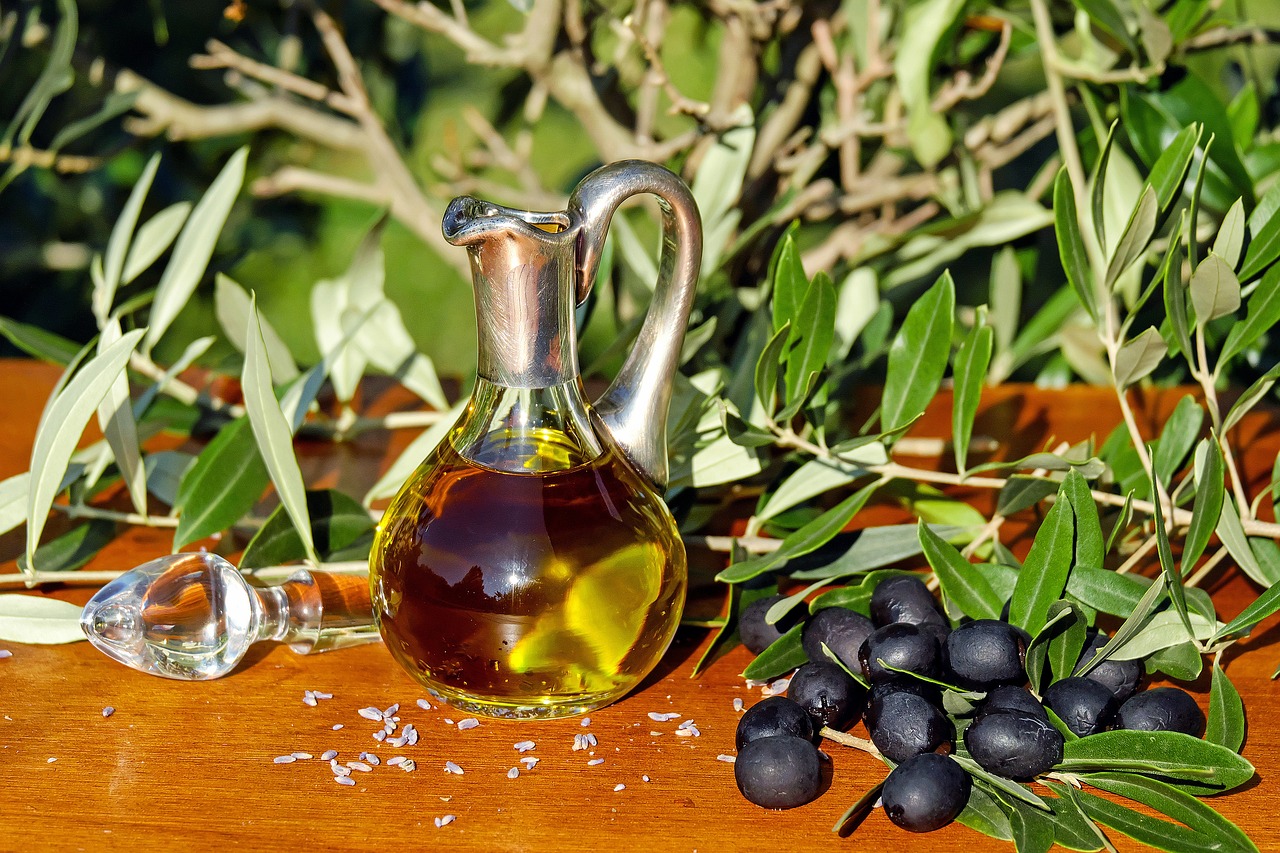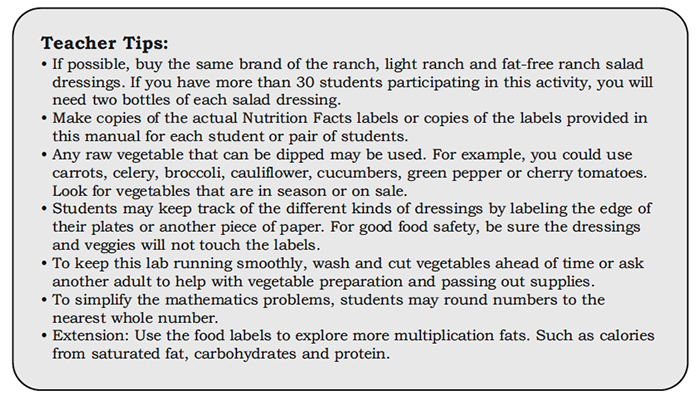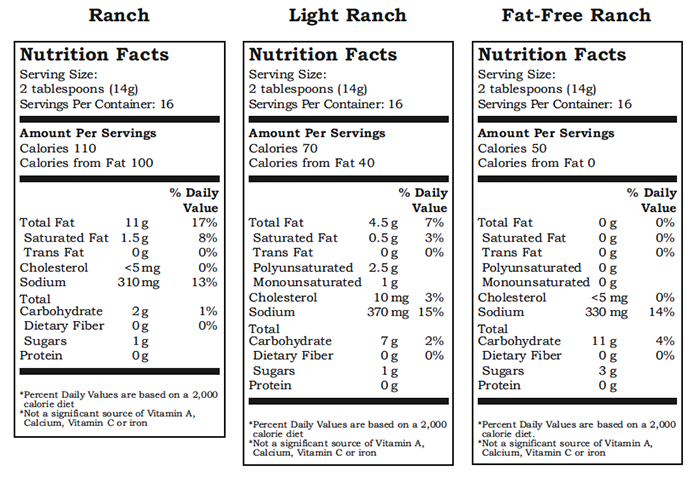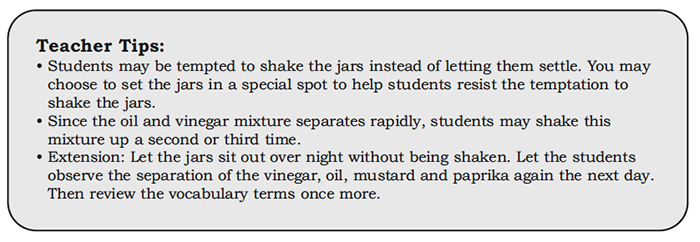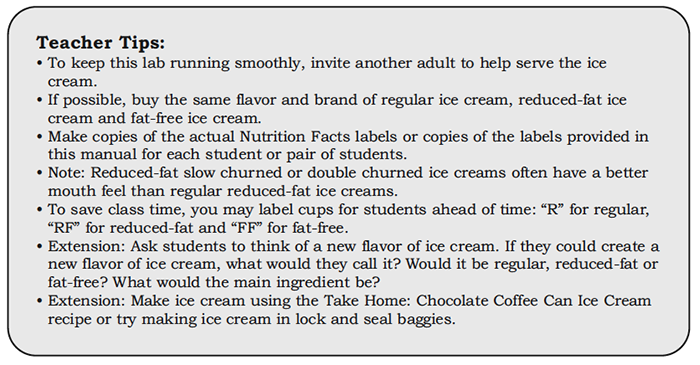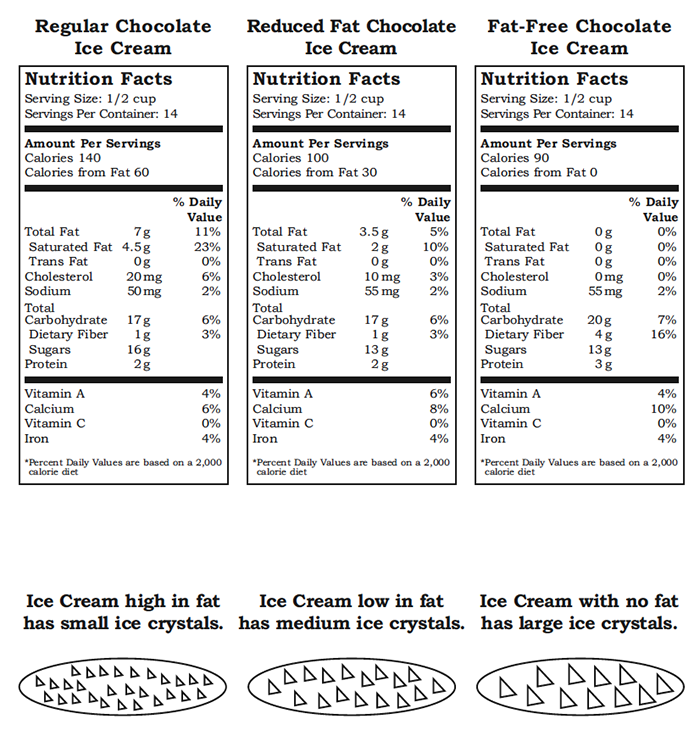Introduction to FoodMASTER:
FoodMASTER (Food, Mathematics and Science Teaching Enhancement Resource) is a compilation of programs aimed at using food as a tool to teach mathematics and science. It is our theory that if food is used as a tool to teach mathematics and science, students will be better prepared to demonstrate and apply mathematic and scientific knowledge. Because students encounter food on a daily basis, they have preexisting contextual experiences preparing them for learning new and relevant mathematics and science material.
Food is conducive to hands-on and virtual, inquiry-based, active learning that uses multiple senses to engage students in the learning process. Utilizing food allows for an interdisciplinary approach to learning concepts and ideas in a variety of scientific subjects like general science, biology, chemistry, microbiology, nutrition and health. Additionally, food labs are a dynamic way to teach mathematics concepts such as numbers and operations, algebra, geometry, measurement and problem solving.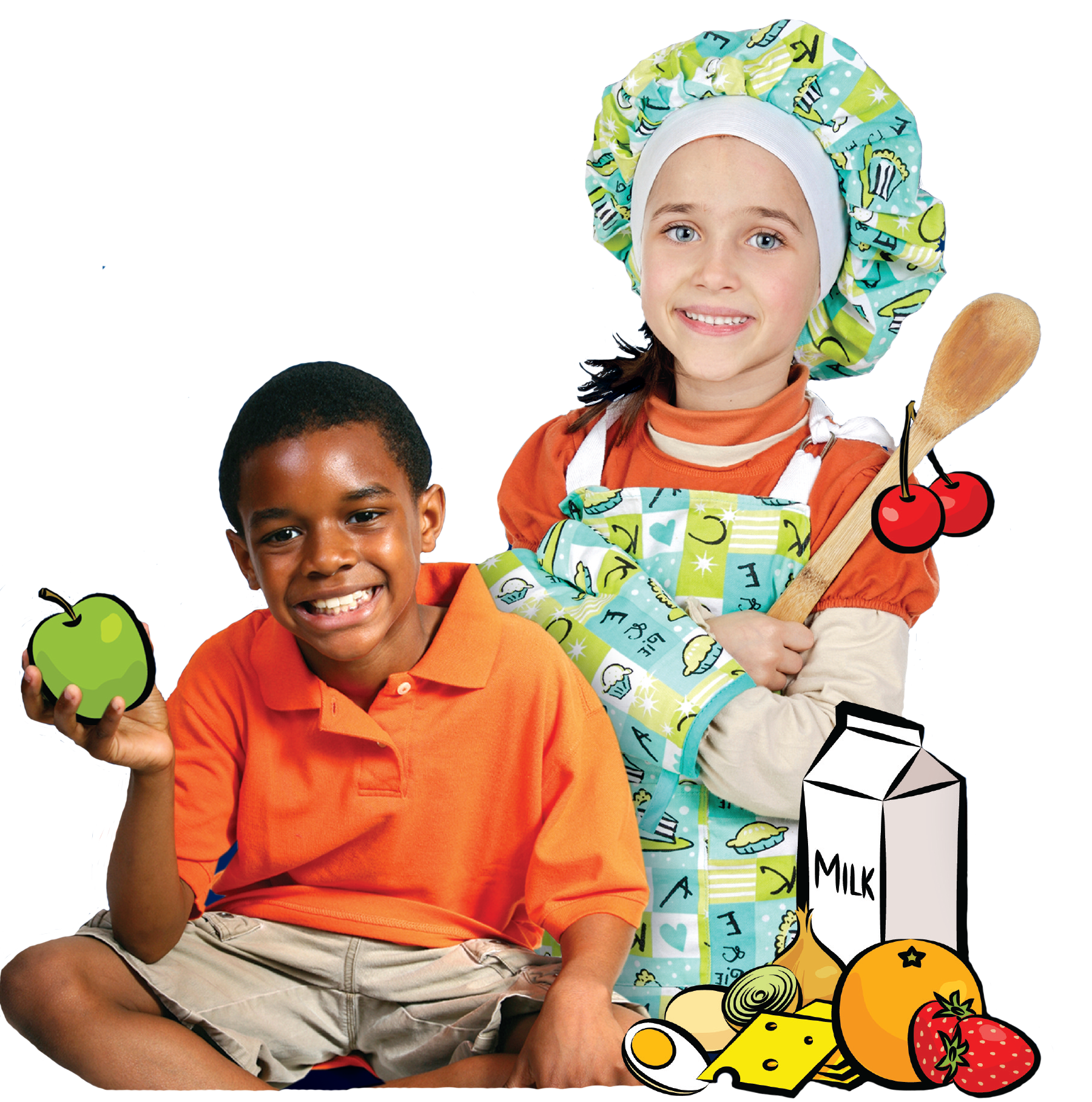
The knowledge and skill development that can be inspired by the FoodMASTER approach is limitless. Proper use of measurement tools, data collection and interpretation, application and generalization, classification and organization, graphing and comparative analysis, understanding chemical changes, observing functions of ingredients and controlling variables, pricing, critical thinking, self-directing learning, and team building are only a few of the potential knowledge and skill development areas for intermediate grade students experiencing FoodMASTER’s scientific inquiry labs.
Additional FoodMASTER lessons can be found to cover health and nutrition topics such as:
Background for this Lesson:
Fat is a nutrient found in foods. The body uses fat for energy, growth and nerve and brain functions. Everyone needs some fat in their diet. However, many Americans eat too much fat. Fats are high in calories and the wrong kinds of fat can be unhealthy. For this reason, it is important to learn which fats are healthier and which are less healthy.
In this lesson, students will:
- locate serving sizes, calories, grams of total fat, grams of saturated fat and grams of trans fat on food labels;
- use correct unit labels;
- record data in a table and practice multiplication skills by calculating the number of calories from fat in each type of salad dressing;
- explain why one salad dressing is healthier than another;
- use new vocabulary such as immiscible and emulsify; and
- practice measurement skills and perform an experiment and make reasonable conclusions.
- locate serving sizes, calories and grams of total fat on food labels
- record data in a table, use correct unit labels and complete a bar graph; and
- be able to discuss mouth feel.
